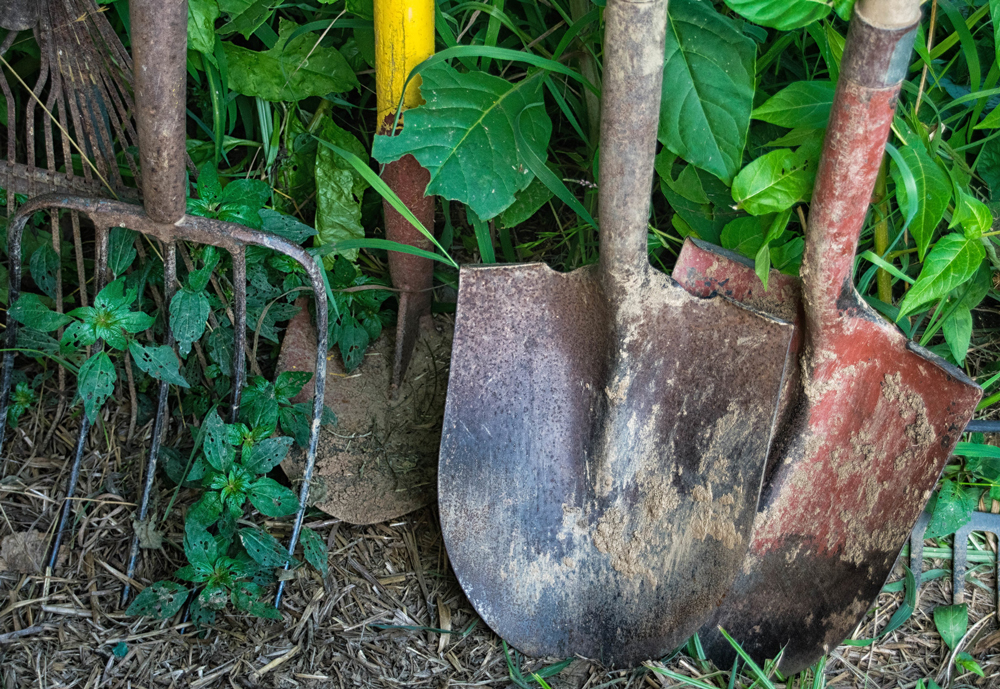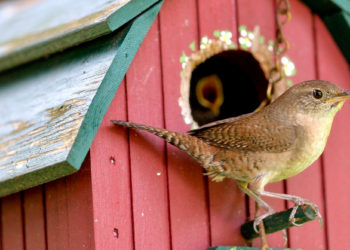Preparing your fall garden for spring and looking for a checklist? We’ve got you covered! With the cooler temperatures and crisp, clear air, fall garden chores don’t seem so much like chores. Come spring you will be so happy you took the time to prepare now. Why? Next spring’s yard work will be a breeze and next season’s gardens will look and perform better than last year’s.
Doing a few fall tasks now will leave you more time later for enjoying other, more delightful pleasures. Like planting new colorful annuals. Or building that gazebo you’ve been planning for years.
So, let’s make a list for preparing your fall garden for spring:
- Spruce up your flower and vegetable beds. Clean out all of the old, dead wood, leftover dead tomato plants, vines and weeds. This is the time to cut back those asparagus ferns or other plants, shrubs and bushes. Anything that will enjoy a fall clipping. This also might be the ideal time to start that compost pile you’ve been meaning to establish. One note: throw away or burn any diseased plants. Never add them to your compost pile.
- Pick up all the leaves and debris from your yard. Yeah, we know this is everyone’s favorite job … NOT! But, all those leaves make great compost or mulch for those garden areas you have cleaned out. And did you know that raking is a great form of exercise? It works almost every muscle in your body. And you’re sure to find a few muscles you haven’t worked in a while if raking is not part of your routine.
- Test your garden soil and amend now. In many situations, especially when it comes to adjusting the pH, it takes time for soil amendments to work. So adding them now means your soil will be garden-ready come springtime and planting season. You don’t have to take your soil to the local extension office to have it tested. Soil testers are inexpensive. But priceless for determining what your soil needs to grow the healthiest and most beautiful plants and vegetables.
- Add a thick layer of horse manure (or other favorite amender). Horse manure, chicken manure and others will ensure rich, organic soil for next year’s gardens. But using fresh manures can burn and damage tender seedlings. Instead, lay the manure in the fall, allowing it time to age and to soak into the soil throughout the winter. Laying a thick covering of about 1 inch. It will act like mulch, slowing weed growth while allowing the nutrients to leach into the soil with the freeze and thaw of winter. Or you can lightly work it into the soil right away. Also remember: when choosing manure, it is best to only use those manures from animals that have been fed on green stuff. Pigs, for example, eat dairy and meat products, not a good recipe for healthy soil.
- Finally, MULCH! We cannot say this enough. We hear, year after year, how our customers finally decided to mulch and what a difference it made in terms of water use, weed control and overall garden health and productivity. Mulch is worth its weight in gold when it comes to the appearance of your garden beds. As well as the time and money it saves on weed control and water use. Wondering what to use? Straw works ideally, as do other commercially prepared mulches. Though the colored mulches do not break down as well as natural mulches. Natural choices, such as wood chips, pine needles, straw and leaves will not only make your gardens look good, they will add rich organic material over time. They enrich your soil, making it more amenable to water retention and natural aeration. Mulch well and mulch as often as needed for the most care-free garden beds. A note: This is the time to mulch your strawberry and garlic plants. If you live where snow cover will not adequately insulate your plants throughout the winter. 6 to 10 inches of straw will keep those plants from heaving out of the ground with the freezing temperatures.
And now that that’s all done start planning for spring! Walk your yard, admire the work you’ve done, take your partner and kids along, take measurements and visualize what you’d like your garden beds to look like next year.
This is also the perfect time to choose your Fall Flower Bulbs for an early spring show. You can find your area on the fall flower bulb planting map here to know exactly when they should go in the ground.
Check out our selection, thinking about colors, textures, height, moisture and sunlight requirements, and ultimately, what will make you and yours happiest when garden season is here again. You can preorder your spring plants in the fall, checking another ‘to do’ item off the list!





5 Comments
Nicole
November 12, 2012 at 1:35 pmIs there any benefit at all to using synthetic mulch instead of natural mulch?
jstutzman
November 13, 2012 at 9:52 amNicole, snythetic mulch last for multiple years while natural has to be replenished each year.
Tim
November 6, 2015 at 9:26 amGreat advice. I especially like the advice about mulch. I have been mulching my gardens now for over 15 years. I hardly ever have to weed and the watering of my drought tolerant plants is much less too.
Виктория
August 9, 2021 at 6:19 pmAnother option is to sow cover crops, such as winter rye, to improve your soil. See our article on Cover Crops to improve the health of your soil. For vegetable gardens, another option is to simply cover your garden beds with black plastic or a layer of cardboard or even an old carpet, leaving it in place through the winter season and up until you’re ready to plant in spring. This will kill existing weeds and subdue sprouting seeds.
GrowJoy
August 9, 2021 at 7:30 pmAll good suggestions! Cover crops are a great way to boost soil health and create a rich soil for the upcoming season.